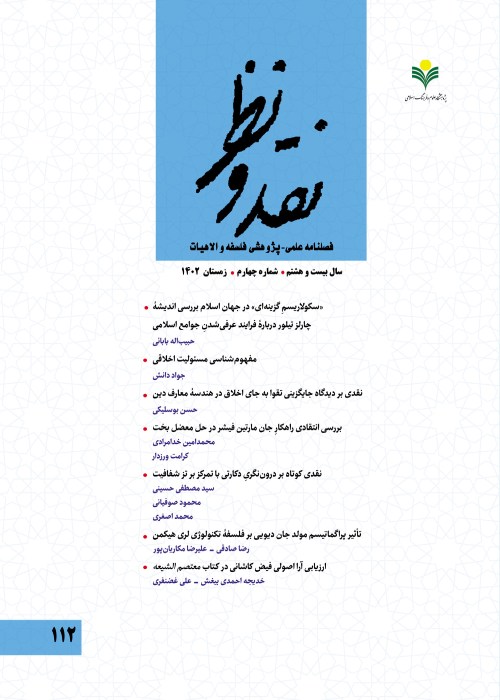A Comparative Study of life after death from the Perspective of Seyed Morteza and John Hick
Some Muslim and Christian thinkers, using narrative and rational arguments, denied the celibacy of the soul and assumed that man was merely a one-dimensional and material being. However, Muslim and Christian Physicalist, belief in the doctrine of the resurrection has not disappeared, and there has always been an attempt to reconcile physicalism with the resurrection.By studying the works of Seyyed Morteza and Hick as two physical theologians, we will make a comparative study of the resurrection in the Islamic and Christian atmosphere.The result is that both have paid attention to the epistemological source of reason in proving the possibility of resurrection; However, the differences in the fields of tendency towards physiognomy caused Seyyed Morteza to move from the physiognomy of the resurrection to the monotony of man and not from the monotony of man to the resurrection of the body.Despite the similarities in some anthropological and ontological human principles, there is a difference of view on components such as the nature of death and reliance on quotation, in matters such as the definition of purgatory, the eagle in purgatory and the torment in the last house, despite differences. Unlike Hick, Seyyed Morteza tries to reconcile his views with religious teachings.
- حق عضویت دریافتی صرف حمایت از نشریات عضو و نگهداری، تکمیل و توسعه مگیران میشود.
- پرداخت حق اشتراک و دانلود مقالات اجازه بازنشر آن در سایر رسانههای چاپی و دیجیتال را به کاربر نمیدهد.


